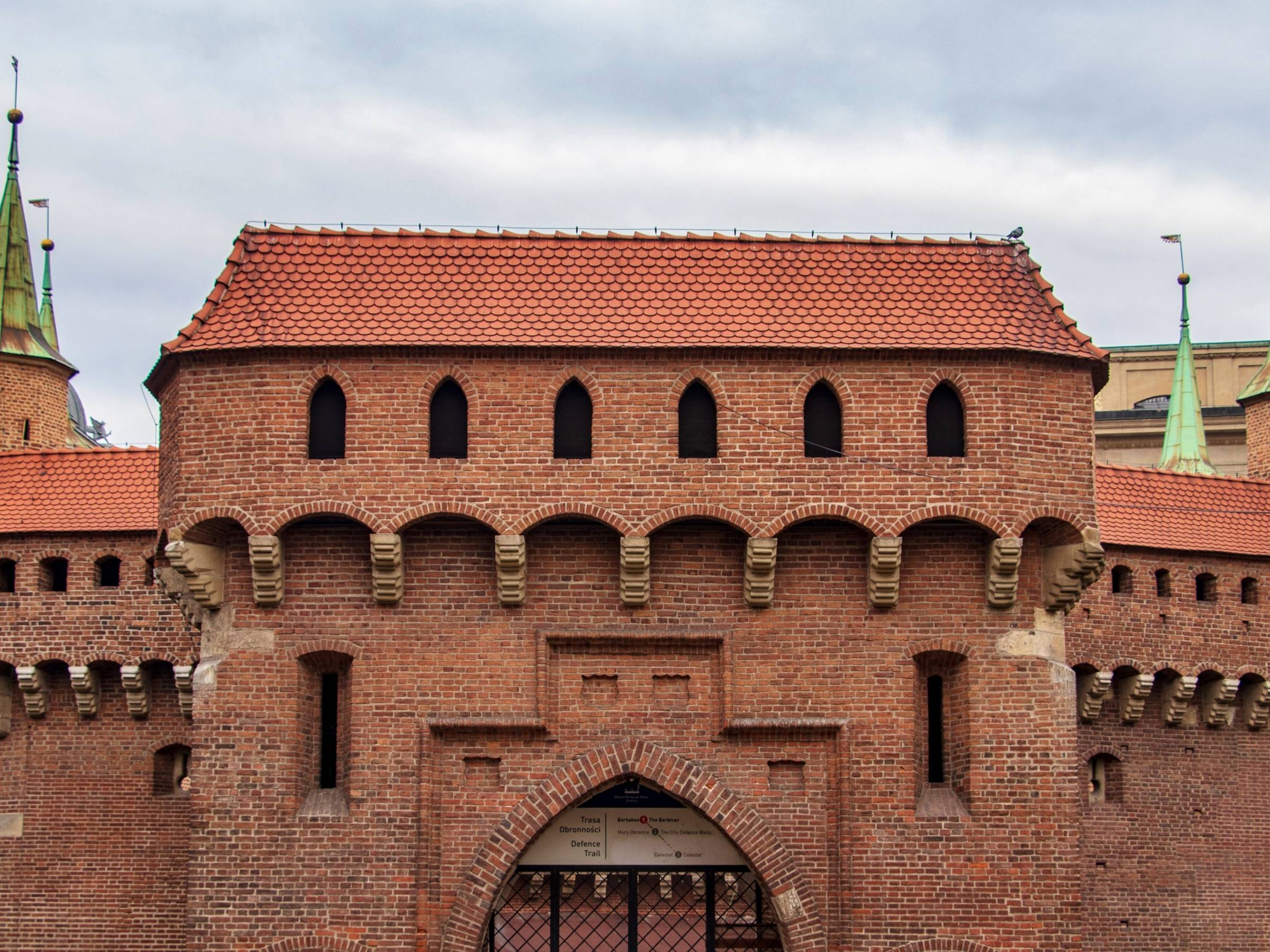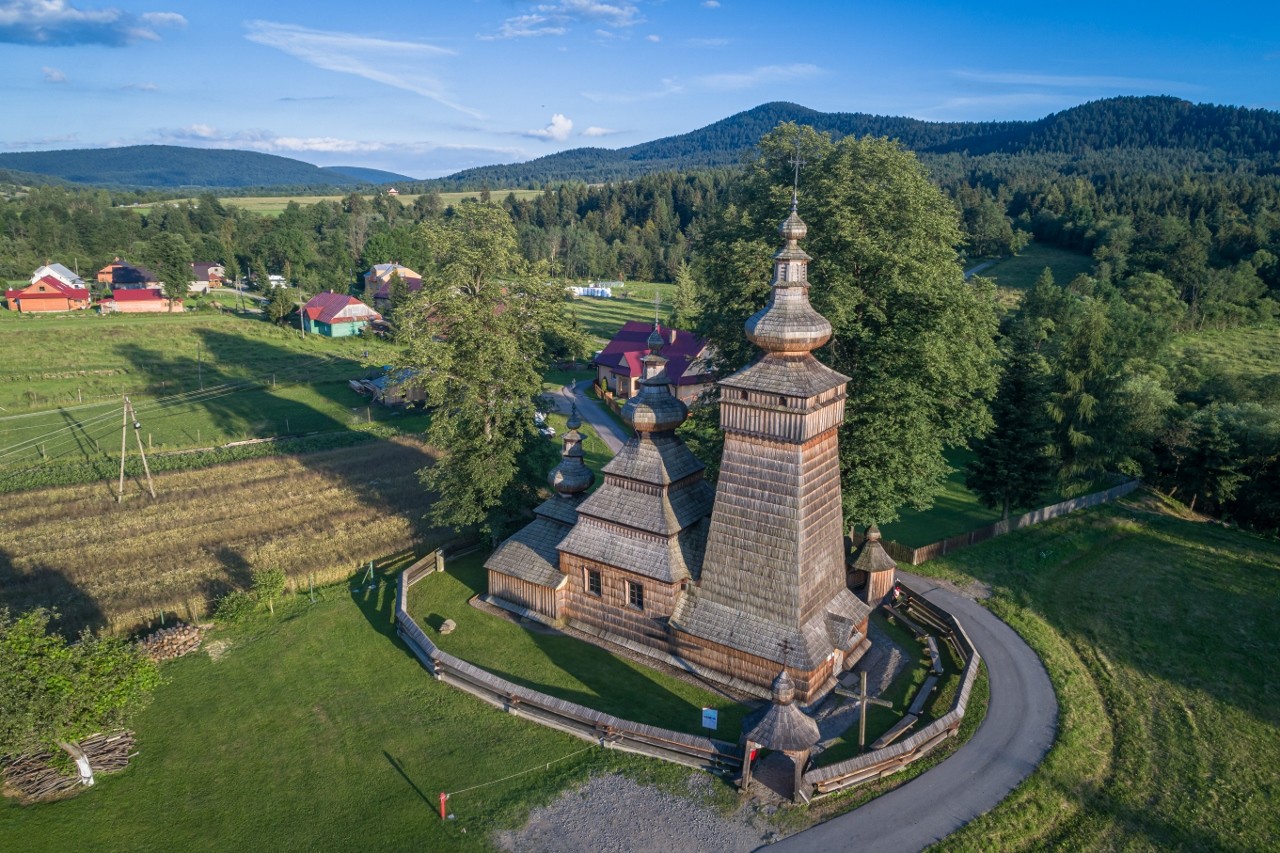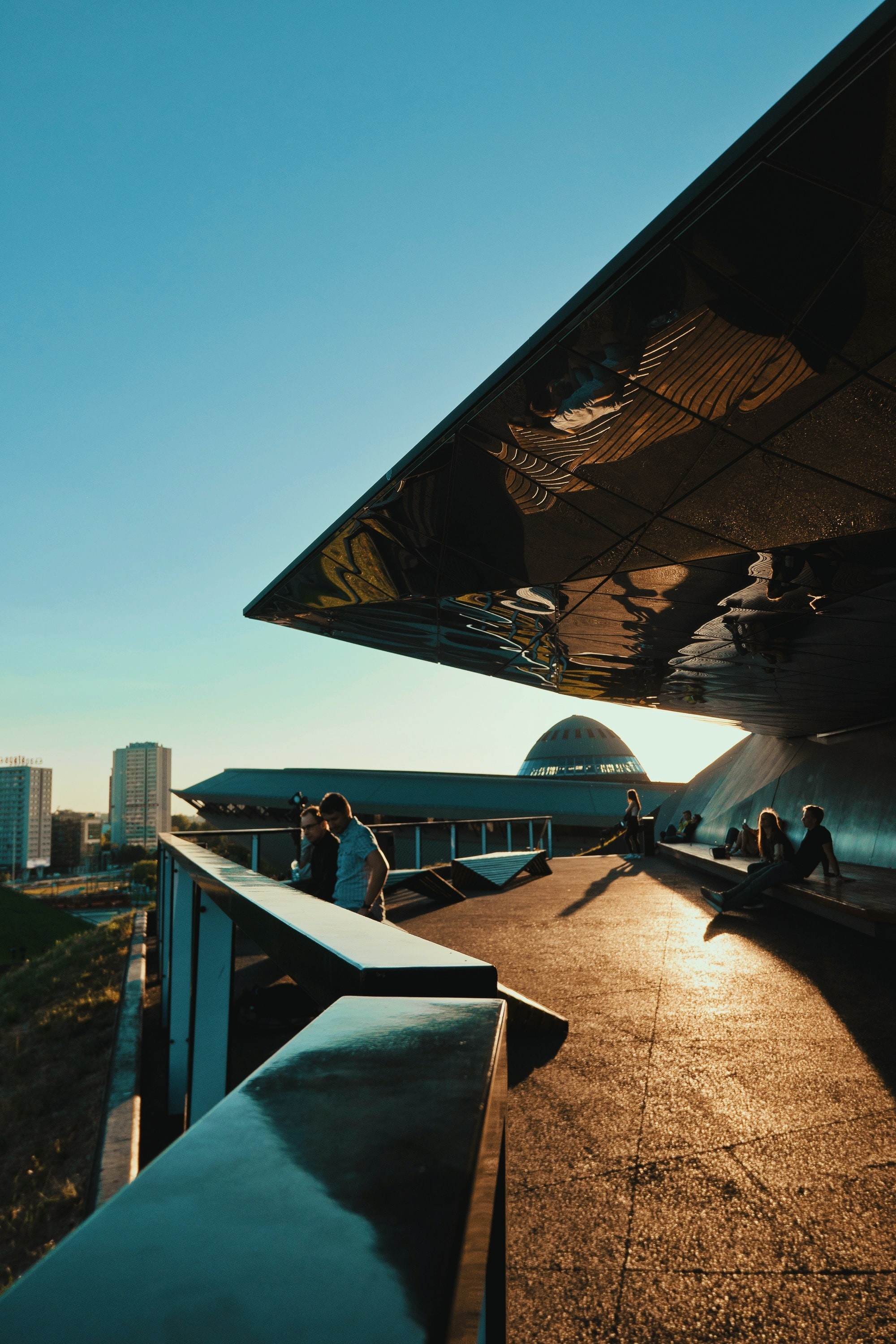Disregarding the famous castle, cathedrals, market square and university, one could still spend years of their life (how many has it been now?) wide-eyed wandering the side streets of Kraków, tripping on cobbles, while taking in every architectural detail, every subtle flourish on every facade. Rhinoceroses, roses, elephants, eagles, peacocks, pears and ships with dropped anchors are just some of the many emblematic additions Cracovian architects have affixed to the facades of the city over the centuries in an effort to make each tenement unique and distinguishable from its neighbours; in fact, these embellishments essentially served as addresses in the days before building numbers and street names - a relatively modern innovation that didn’t take hold in Europe until as late as the mid-18th century.
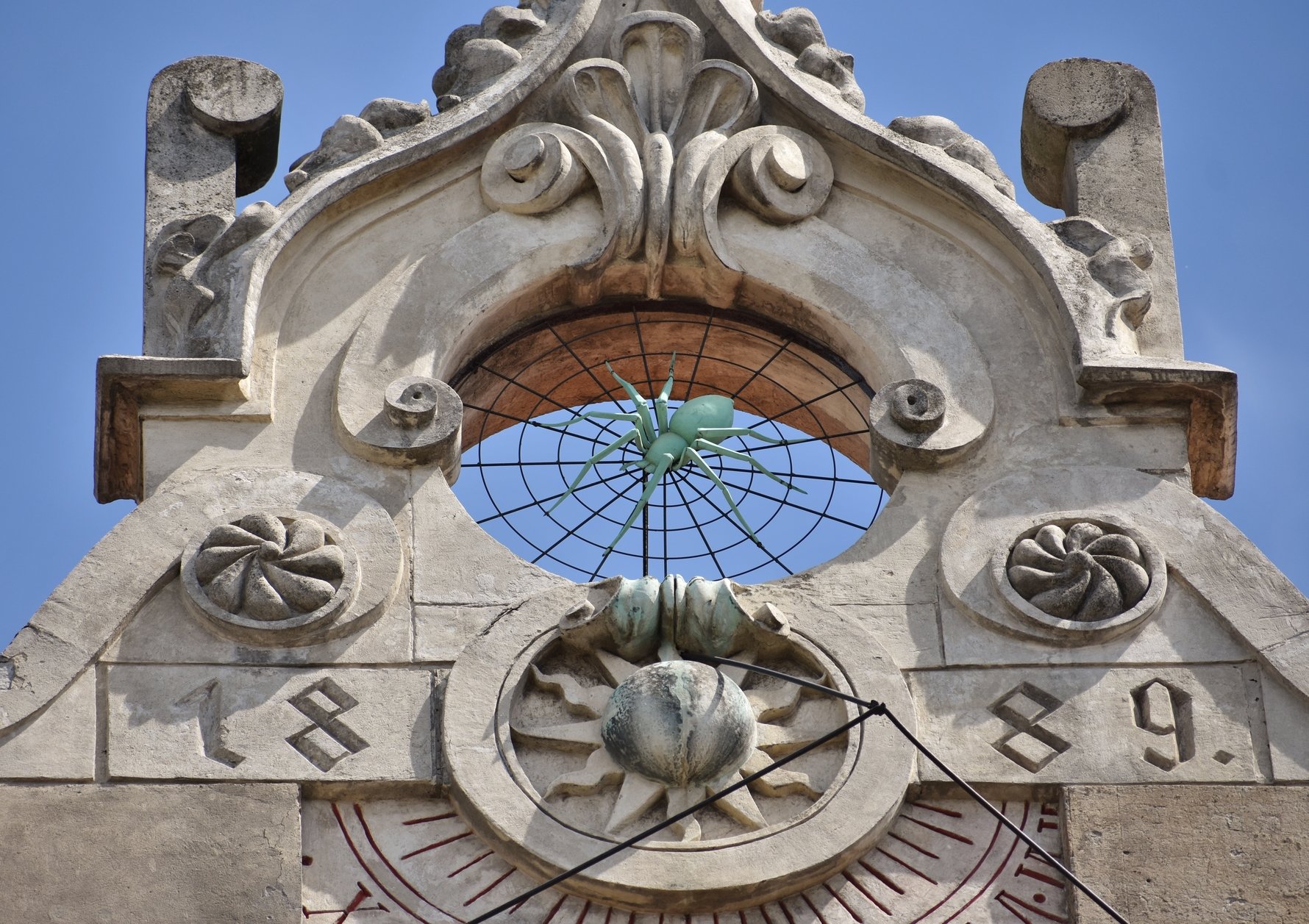
Visitors to Kraków today will notice no shortage of buildings and businesses that still go by the medieval monikers established directly as a result of the decorations on their facades - Pod Jaszczurami (Under the Lizards, Rynek 8), Pod Baranami (Under the Rams, Rynek 27), Pod Aniołami (Under the Angels, ul. Grodzka 35), and so on. Some of these architectural details are quite subtle, while others are spectacularly strange and even whimsical. Which brings us neatly to one of the city’s most brilliant and unsung architectural talents: Teodor Talowski (take a bow, sir, this is your moment!).
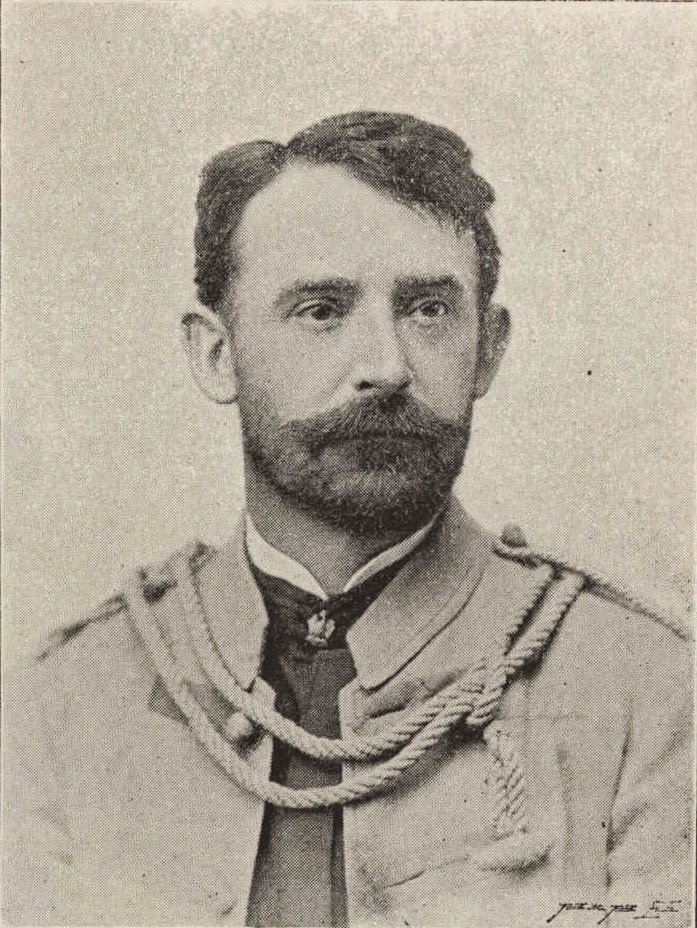
'The Galician Gaudi'
Talowski attended school in Kraków before moving to Vienna and then Lviv, where he completed a masters degree in architecture. In 1881 he returned to Kraków, becoming a professor at the Technical University, and produced the most definitive works of his career here towards the close of the 19th century, before returning to Lviv in 1901 for a teaching position at the Polytechnic. After a long illness he died in 1910 at the age of only 53 and was buried in the family mausoleum in Kraków’s Rakowice Cemetery; the elaborate tomb, which he designed himself, features a large sphinx clutching a serpent-wreathed skull under its paw.
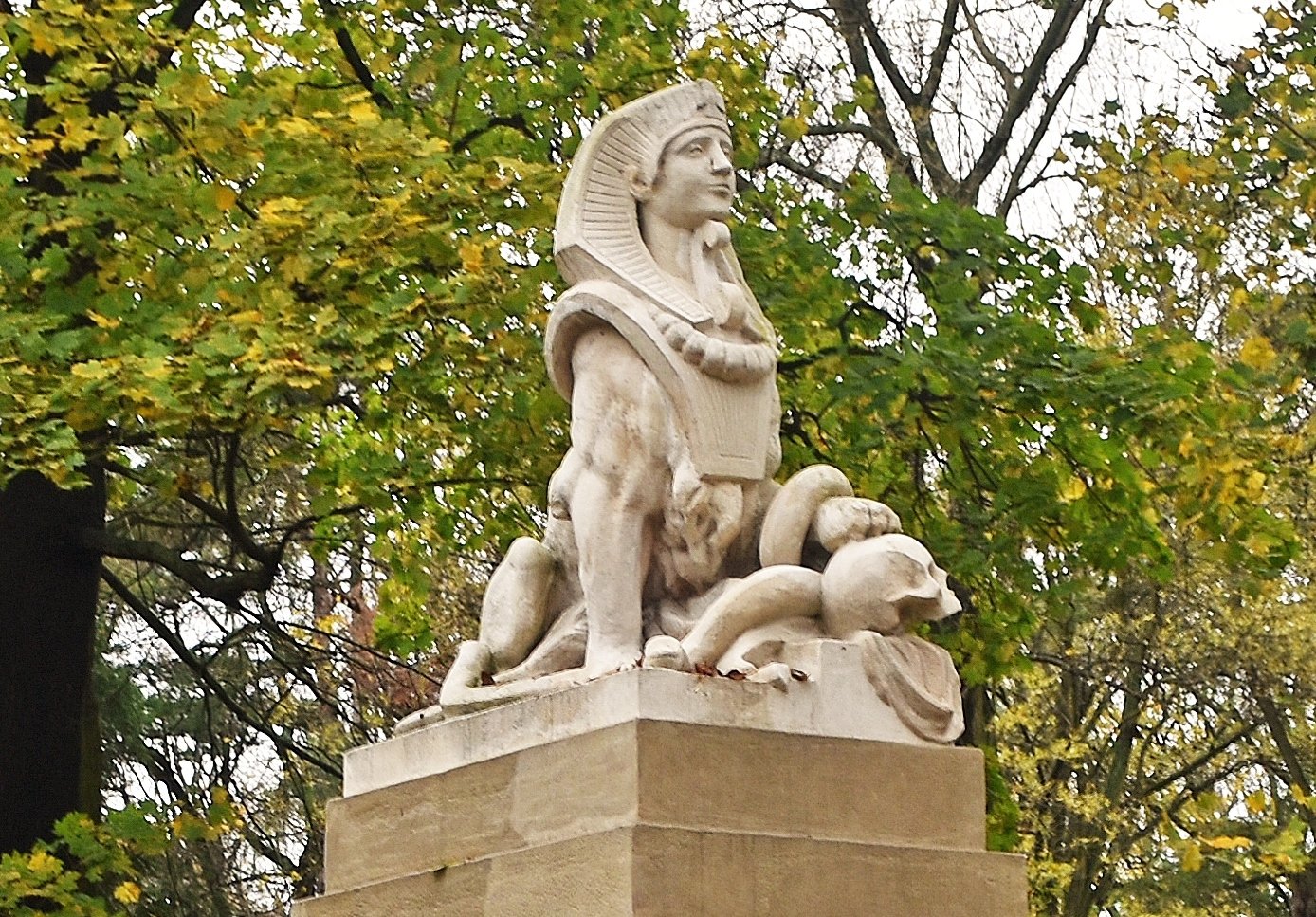
designed by Teodor himself. Photo by Zygmunt Put
Architect of Eccentric, Eclectic Vision
Not only was Talowski's career as an architect prolific, his work was also highly original - the product and projection of a singular vision. Generally defying stylistic categorisation, Talowski’s unconventional creations connected several architectural movements, incorporating elements of art nouveau, historicism, mannerism and modernism. In an attempt to place Talowski’s work within the recognised canon of architectural movements, he eventually became known by scholars as the founder of ‘eclecticism’ – an equivocal catch-all term for maverick architects whose work combined a variety of historic influences. Sadly for its founding father, however, eclecticism - owing to the very basic, but unspecific nature of its definition - proved to be a rather useless term in the art world and never caught on as an architectural movement, perhaps further validating Talowski’s vision as uniquely his own.
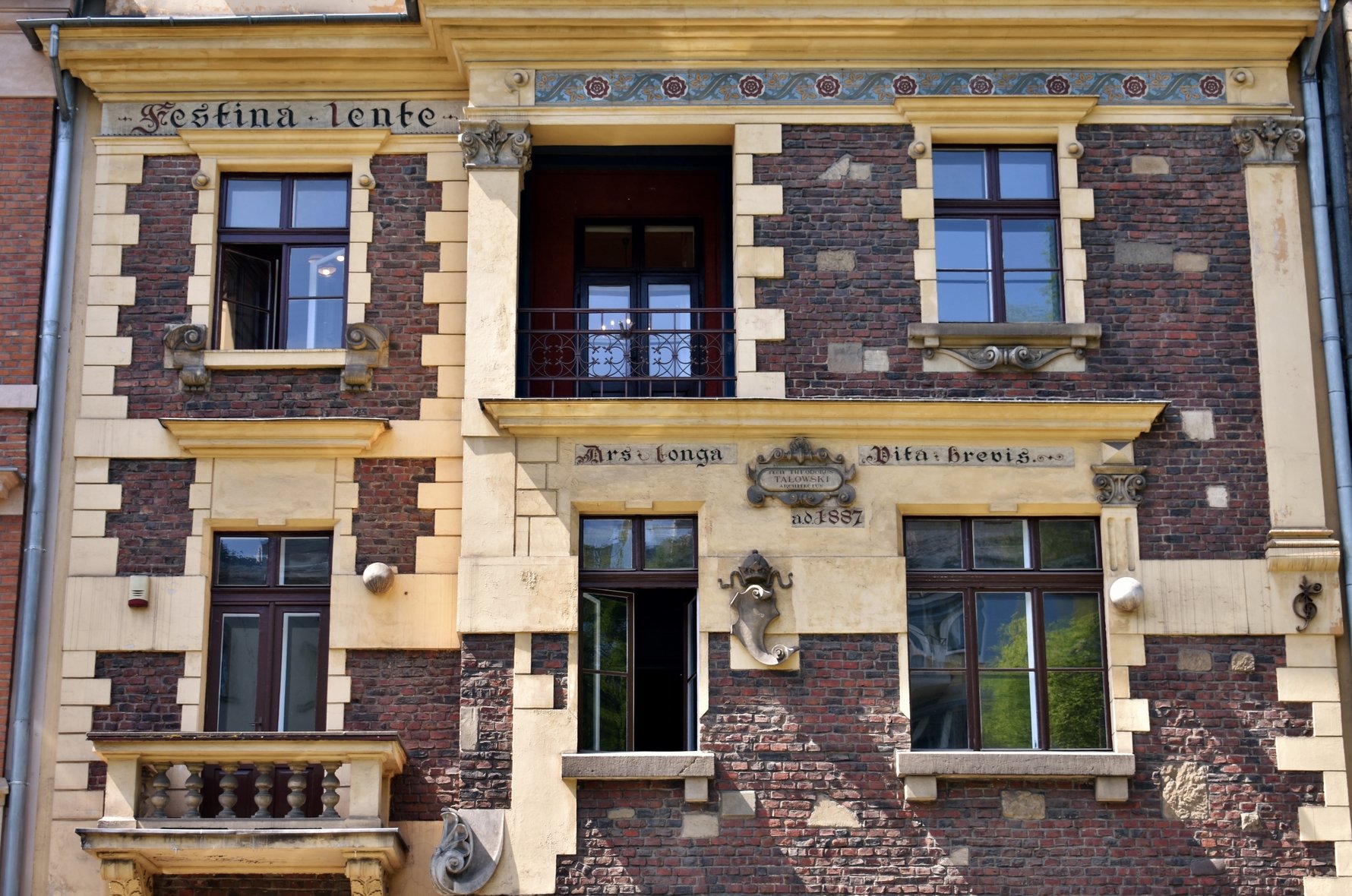
Talowski's use of fantastic ornamentation and inscriptions, asymmetry, irregular stripes of stone or plaster and the use of a particularly dark brick with ceramic pocks and bulges, all make Talowski’s facades easily identifiable. (The bricks were actually made at his own factory, the recipe for which he apparently took to the grave). His work is so unique and distinguishable, in fact, that some have even dubbed him the 'Galician Gaudi,' after the idiosyncratic Spanish architect whose works still define the architectural landscape of Barcelona. Ljubljana's Jože Plečnik is another architect closely linked to one city who comes to mind, and though the output of Talowski's career spanned some 500km, nowhere is his work more visible than in Kraków.
TALOWSKI IN KRAKÓW (A Short Walking Tour)
Talowski spent the earlier years of his career in Kraków, where his surviving works total 15. Two of his largest and most visible projects are the handsome Bonifratrów Hospital (ul. Trynitarska 11) in Kazimierz, and the ul. Lubicz railroad viaduct near Galeria Krakowska and Plac Jana Nowaka Jeziorańskiego, which you may have walked across on your way to or from the train station. However, Talowski is best-remembered today for his weirdly asymmetrical, slightly whimsical tenement houses. Fortunately for the fatigued, foot-weary tourist, eight of Talowski’s unique creations lie in an easily admired cluster on or around ul. Retoryka, and can be easily admired in the course of a 5-minute walk.
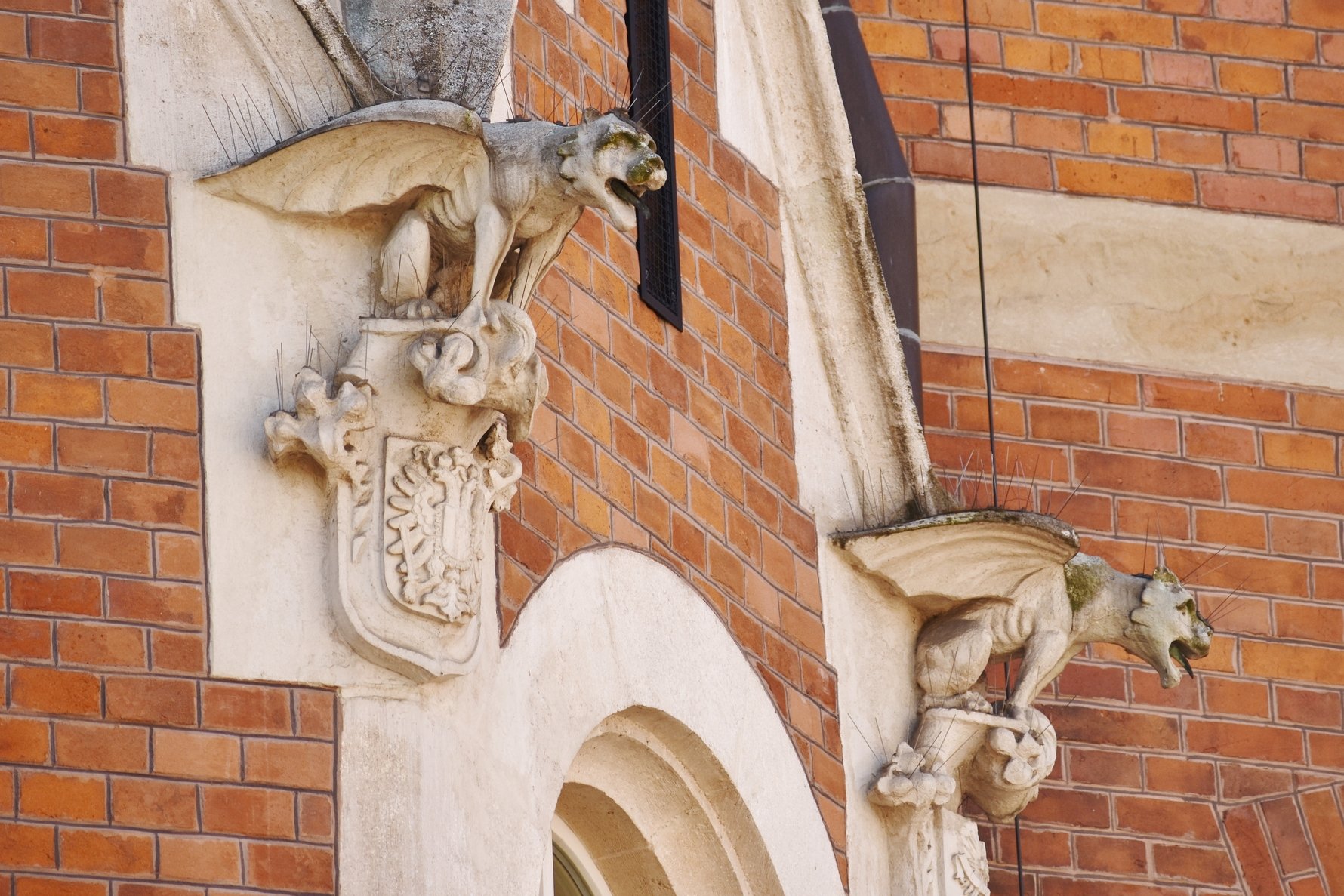
One of the unique things about Kraków’s architecture is that it evolves chronologically in style through the eras as you walk in any direction away from the nucleus of its 13th century market square. For our purposes, to get to the end of the 19th century, walk less than 10 minutes west from the Rynek to the corner of ul. Piłsudskiego and ul. Retoryka to begin your tour. [In terms of public transport, our tour begins midway between the 'Uniwersytet Jagielloński' and 'Muzeum Narodowe' tramstops.] From here, the following addresses all bear the askew stamp of Talowski’s genius within only two city blocks: Piłsudskiego 27, Retoryka 1, 3, 7, 9 and 15, and Smoleńsk 18 and 20.
1. Polskie Towarzystwo Gimnastyczne 'Sokół', ul. Piłsudskiego 27
Let's begin on the north side of ul. Piłsudskiego, where standing at the overbearing monument of Piłsudski himself (on a small square that should obviously be named 'Plac Talowskiego' in our opinion...maybe if he had had a bigger moustache...), you'll have something akin to the following view:
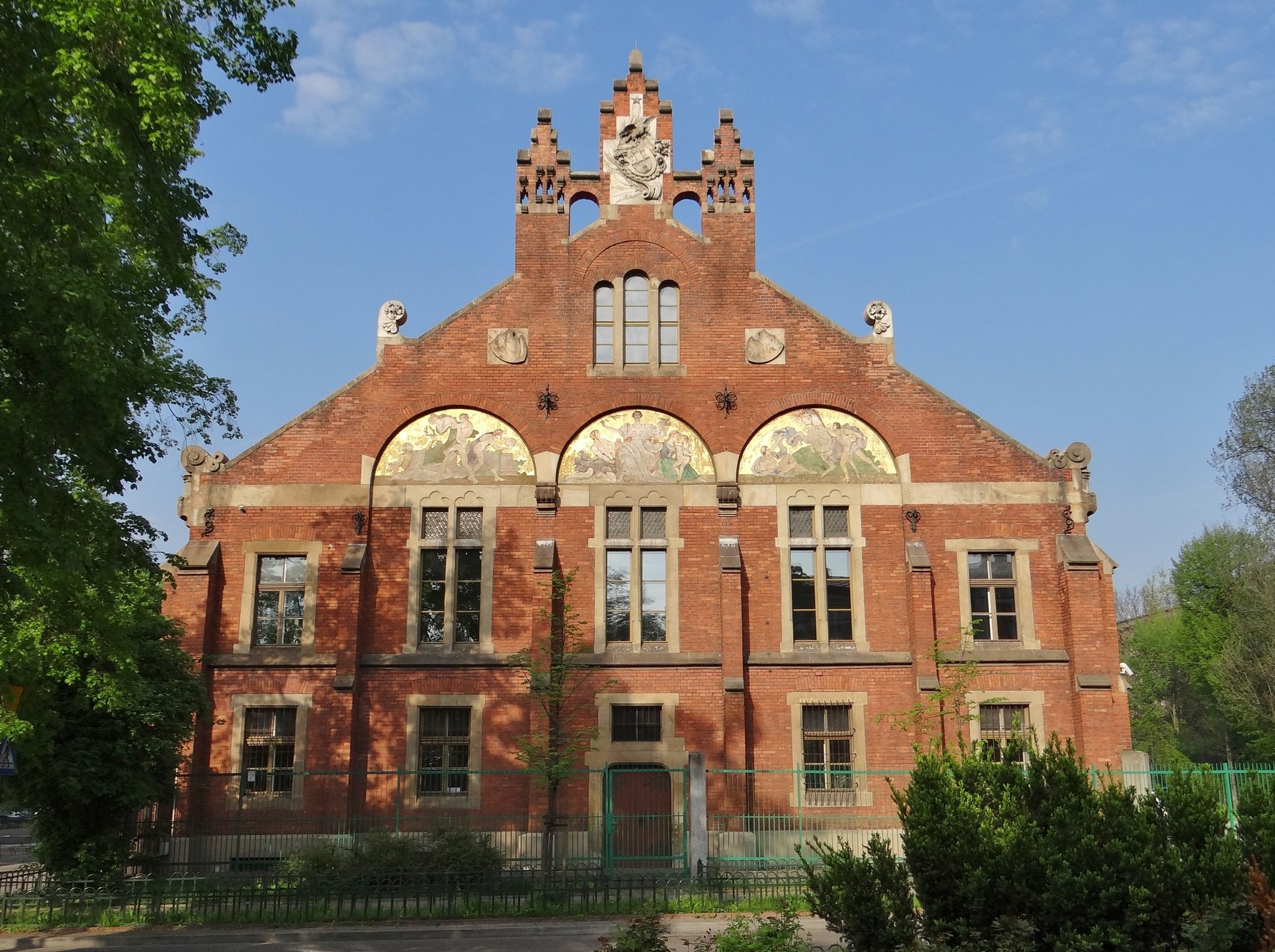
This is the Cracovian headquarters of the 'Falcon' Polish Gymnastics Society (Polskie Towarzystwo Gimnastyczne 'Sokół'), designed by Talowski and completed in 1894, making it the youngest building on our walk, and also the only public building. The brick facade features several elements typical of Talowski's work, including the decorative iron anchor plates, ornamental cornices and peaked facade - which features the city coat of arms. Less uniform than most of his buildings, PTG 'Sokół' is actually divided into two parts, both of which feature beautiful friezes.
